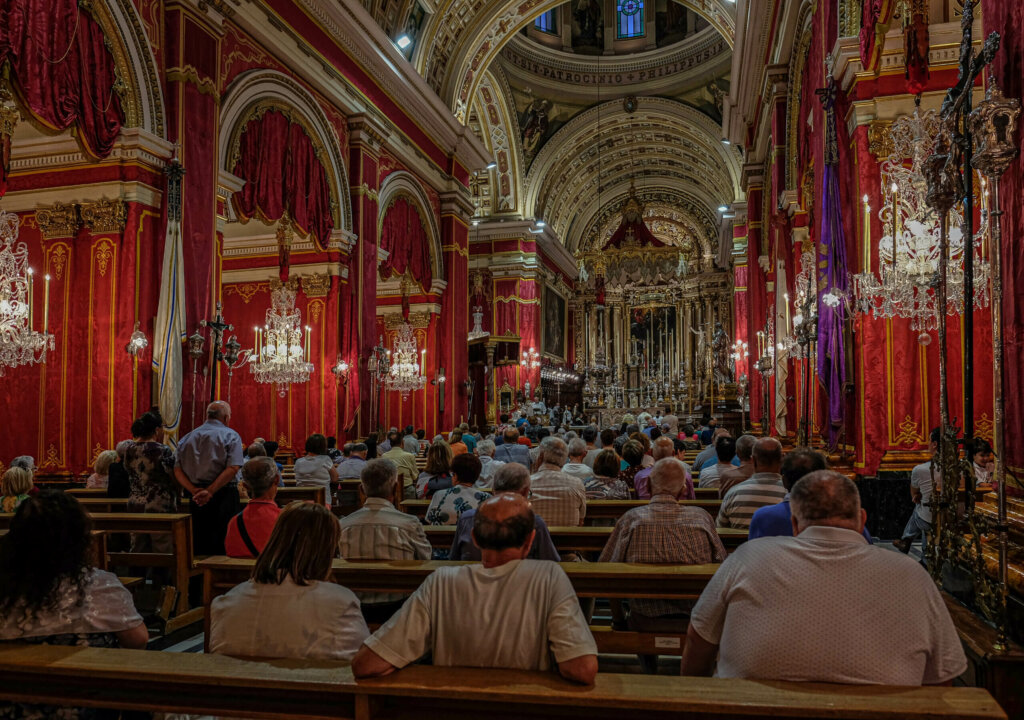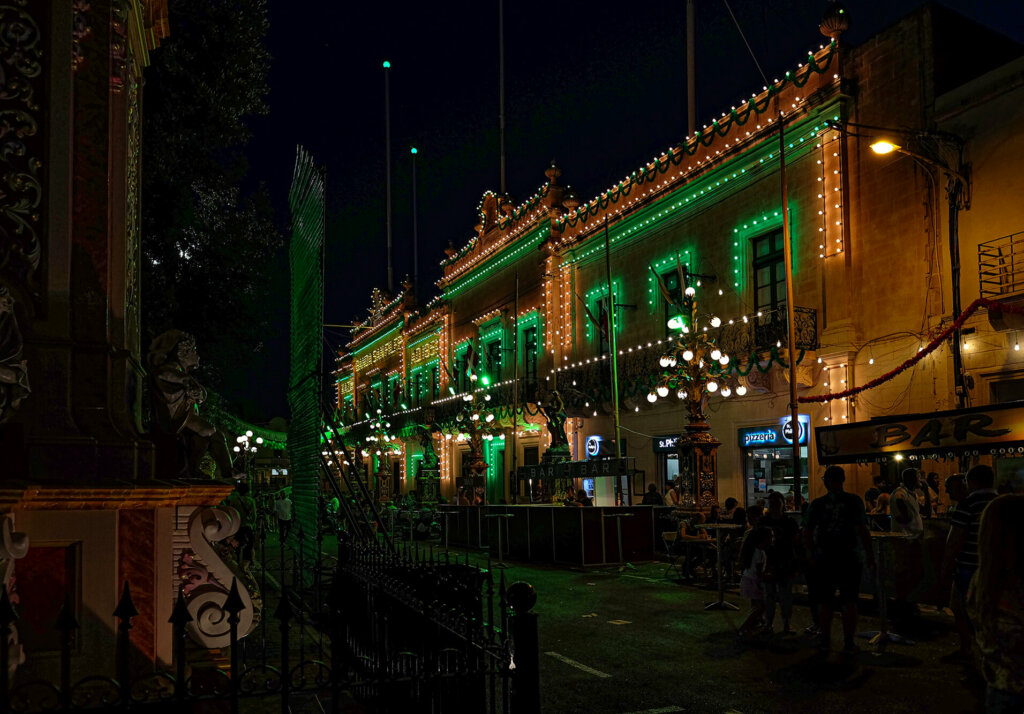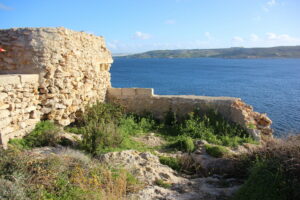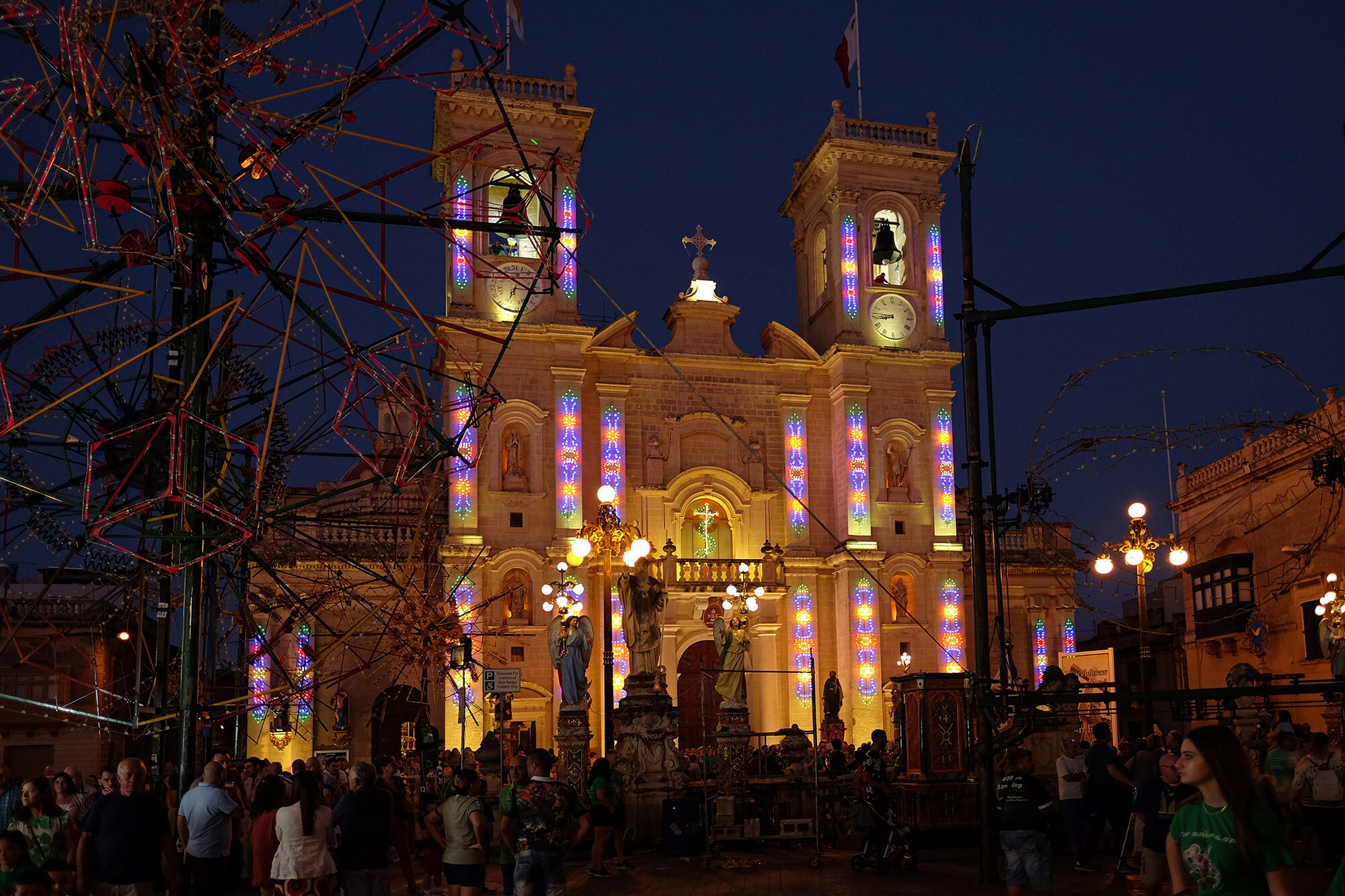
The Maltese Festa’s Journey towards UNESCO Recognition
The Maltese festa stands at the brink of a historic milestone, marked by the recent recommendation by the UNESCO’S Intergovernmental Committee for the Safeguarding of Intangible Cultural Heritage to inscribe the Maltese festa on the Representative List of the Intangible Cultural Heritage of Humanity.
Commencing with sacred liturgy within the village church, the festa spills out onto the streets, transforming Maltese villages into vibrant hubs of celebration. With 85 parishes and 94 festi celebrated across the Maltese islands, the festa is a testament to the island’s rich cultural diversity. Its organisation requires the collaborative efforts of church leaders, diverse organisations, and numerous volunteers in each locality, reflecting the communal spirit that defines the festa.
The festa‘s external celebrations culminate in a grand procession featuring the statue of the patron saint. Led by clergy and religious confraternities, the procession is accompanied by band marches, adding a musical flourish to the festivities. Volunteer artisans play a crucial role in transforming the streets with intricate decorations, creating a visually stunning backdrop for the procession. Over 1200 licensed volunteer pyrotechnicians contribute to the spectacle, representing 35 firework organisations under the Association of Maltese Pyrotechnics.
The extensive preparations for the festa unfold in dedicated community spaces within each parish. Churches, band clubs (każini), and warehouses serve as hubs for various activities, from training musicians to crafting decorations and preparing fireworks. The festa involves a remarkable collaboration of skills, with volunteers contributing to the artistic, musical, and technical aspects of the celebration.
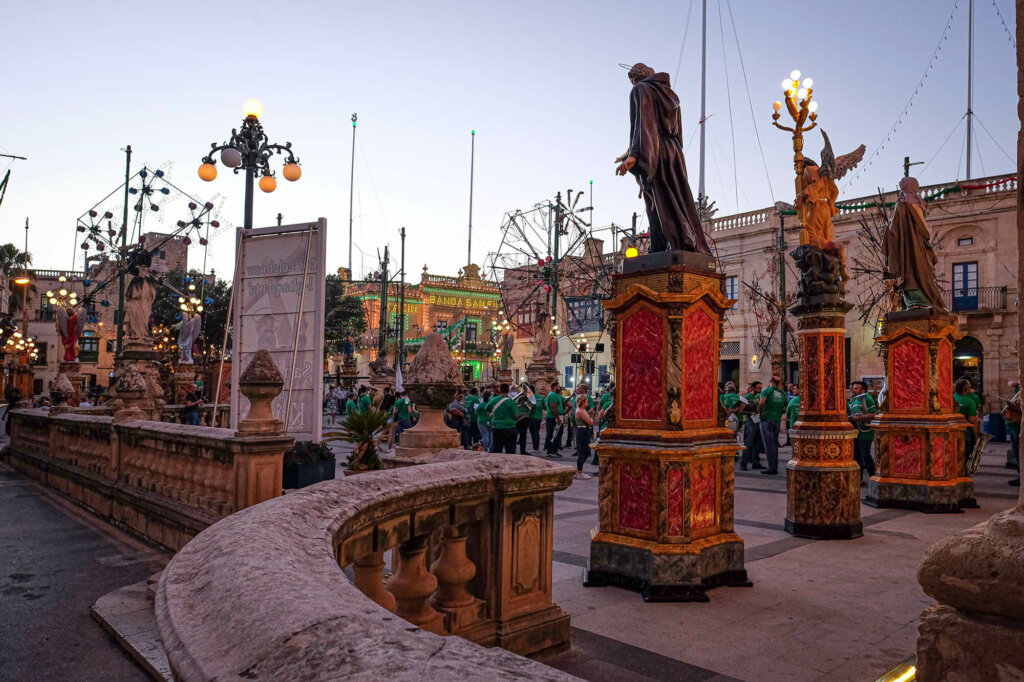
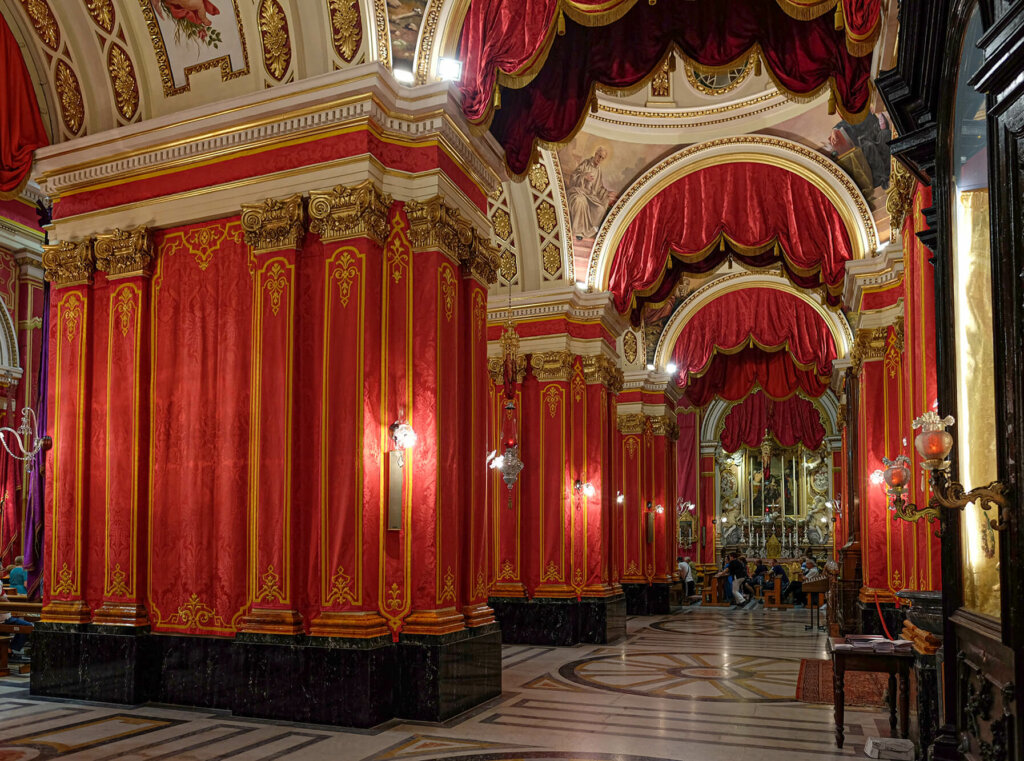
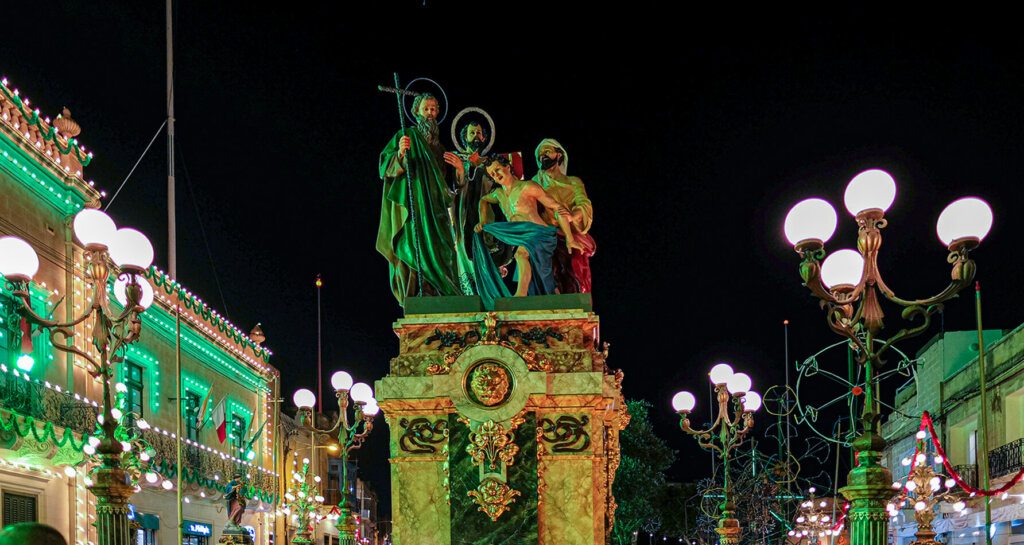
While the festa has its roots in Christian tradition, its social appeal transcends religious boundaries, bringing together individuals of diverse ethnic and religious backgrounds. The festa acts as a unifying force, fostering a sense of community that counters the challenges of contemporary atomization. Despite increased secularisation, festi remain a vital part of Malta’s cultural heritage, preserving a sense of identity and continuity across the country. The festa is more than a religious celebration; it is a dynamic cultural phenomenon that integrates various forms of artistic expression and community engagement.
The potential inscription of the Maltese festa on the Representative List of the Intangible Cultural Heritage of Humanity signifies global recognition of Malta’s cultural richness, shining a spotlight on a singular yet profoundly significant aspect of Malta’s rich intangible heritage. It opens avenues for dialogue, collaboration, and mutual appreciation of cultural practices embedded in the fabric of popular traditions and heritage. As Malta eagerly awaits the decision during the upcoming Intergovernmental Committee meeting in Botswana in December, the festa stands as a shining example of cultural unity and resilience in the face of evolving times.
